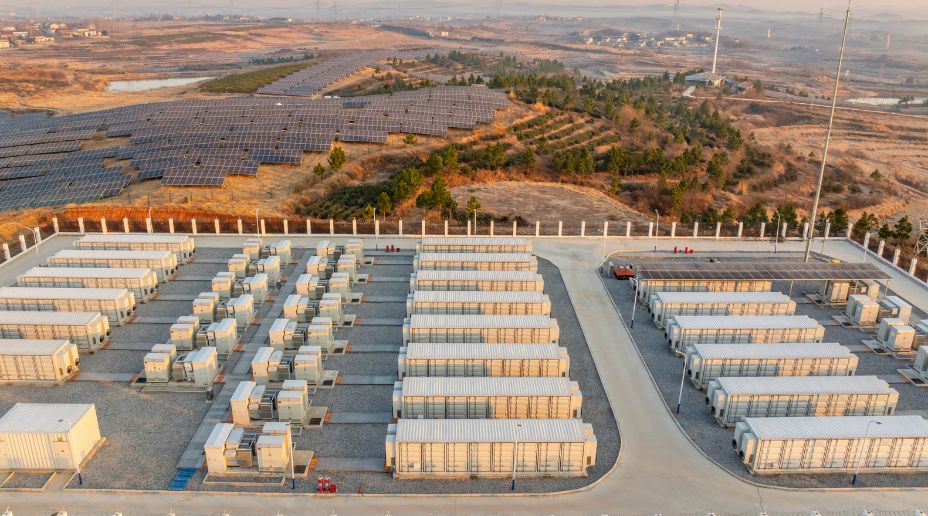However, there are risks to consider and manage with hydrogen. It’s a colourless, odourless, non-toxic gas that’s also highly flammable with a rapid burning rate. Self-ignition is common due to sudden release through rupture disks and pressure relief values and, when it does burn, it releases large amounts of energy which can result in a fire or explosion.
To minimise this risk, steps must be taken to prevent escape. Sealing containers and keeping detachable connections to a minimum is prudent but it’s also sensible to ensure there are no ignition sources where hydrogen may form and to avoid electronic components in electrical installations wherever possible. Detection technology, such as optical gas imaging cameras and specialist flame detection, is also available.
Hydrogen can also cause metal embrittlement, where hydrogen atoms are absorbed into metal causing it to become brittle or crack. This could potentially affect piping, containers and machinery components. It can also damage skin, causing severe burns similar to thermal burns.
Ensuring that hydrogen is stored and transported in materials that won’t react with it will reduce the risk of metal embrittlement, while minimising exposure, and where this isn’t possible, providing protective clothing and equipment, can help to prevent skin damage.


































